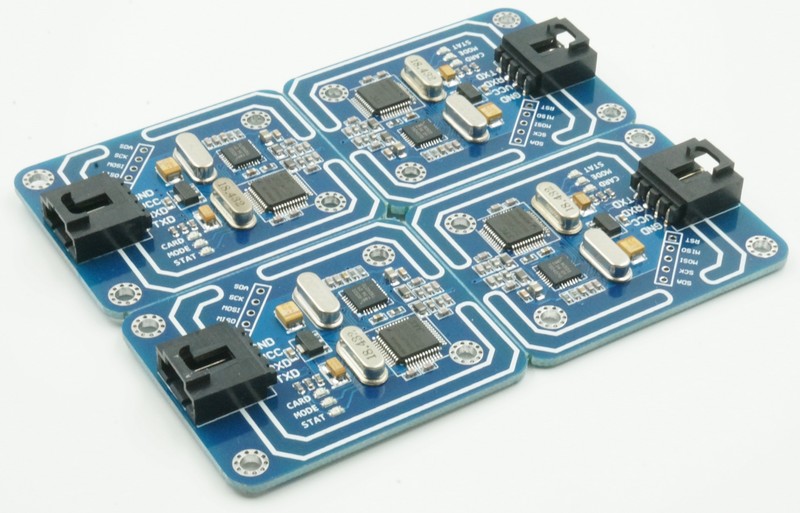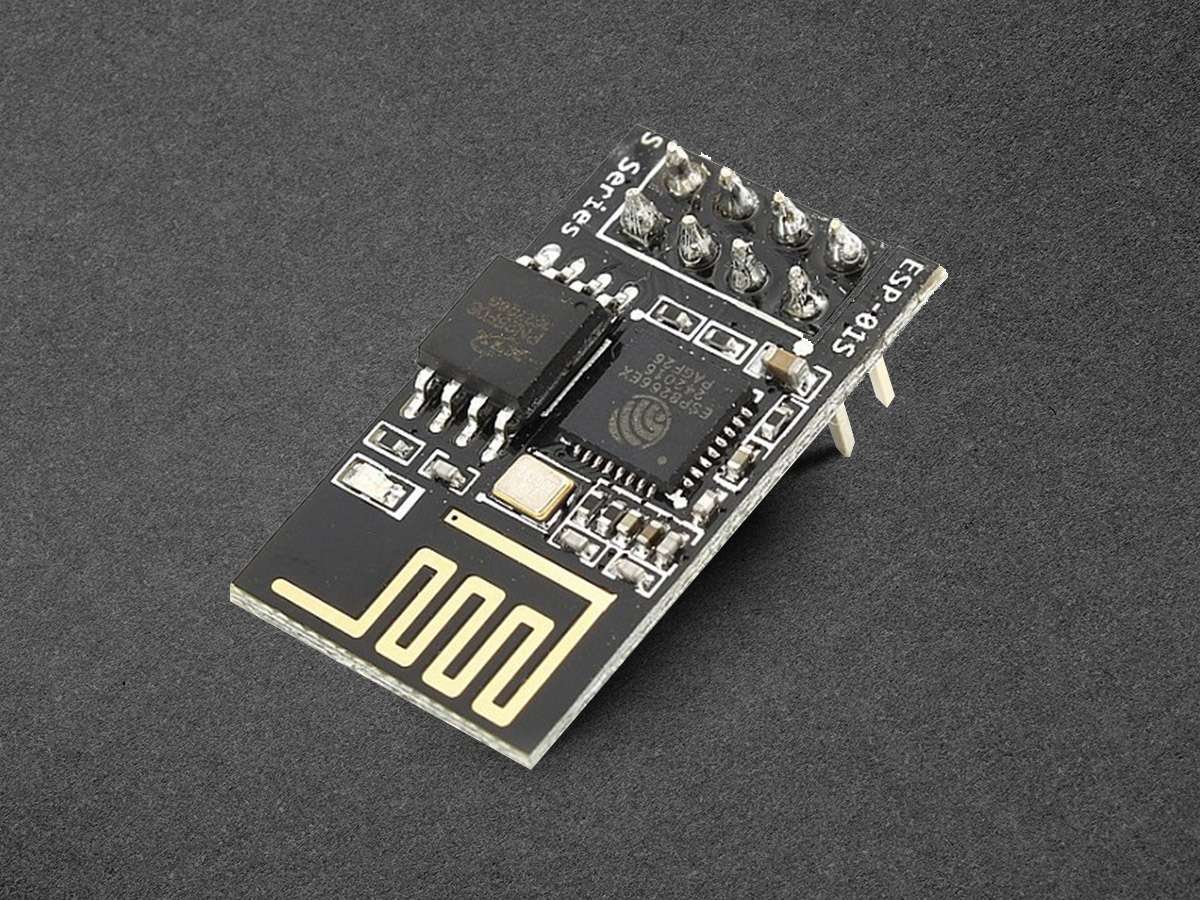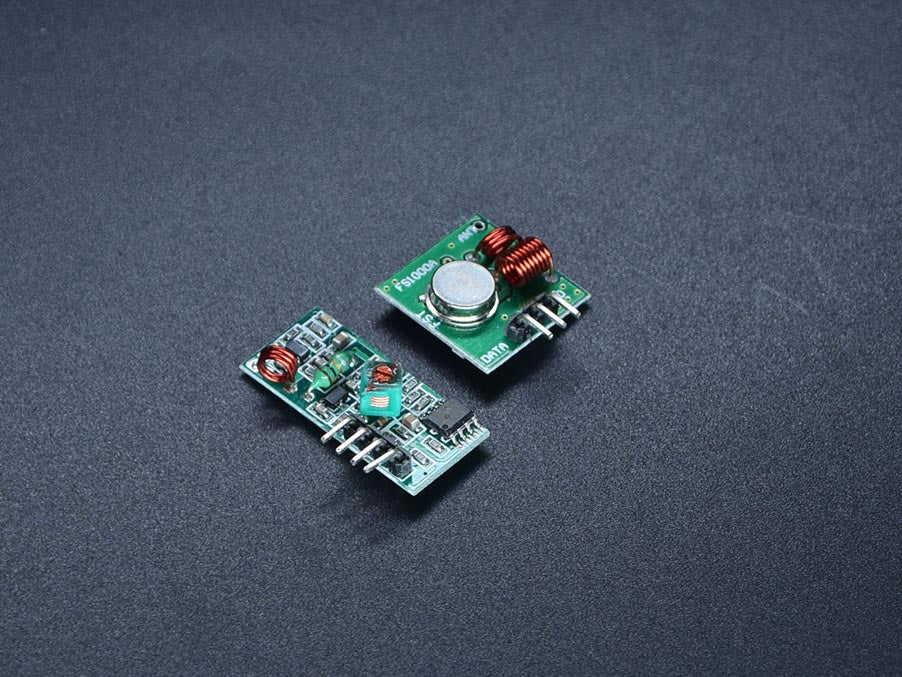Why 2.4GHz Module Is So Common in Wireless Devices
The 2.4GHz Module has become the backbone of modern wireless communication, powering everything from home Wi-Fi to industrial IoT systems. Its widespread adoption stems from three key advantages: global regulatory approval, excellent signal penetration, and cost-effective implementation. For engineers, these modules offer the perfect balance of range and power efficiency, while consumers benefit from reliable connectivity across devices.
Why the 2.4GHz Module Needs No Frequency Licensing
One primary reason for the 2.4GHz Module’s popularity is its operation in the ISM (Industrial, Scientific, and Medical) band. This means the frequency is unlicensed and available for use worldwide, so manufacturers don’t need to navigate country-specific licensing rules to implement it in their devices.
This universal access simplifies development and marketing. A single product design can be used in multiple countries without modifications. As a result, companies save on costs and time, encouraging wider adoption. Additionally, consumers benefit from the plug-and-play compatibility of devices that use this band.

Ideal Balance Between Range and Throughput
The 2.4GHz Module strikes a sweet spot between transmission range and data rate. While it’s not the fastest, it offers a better range than higher-frequency alternatives like 5 GHz. This makes it suitable for household devices, where the coverage area matters more than speed.
Smart speakers, security cameras, and IoT sensors often need stable connections across rooms. The 2.4GHz Module excels in this, delivering decent speeds while maintaining strong signal strength. This makes it a preferred choice for both residential and commercial applications.
Compatibility Across a Wide Range of Devices
Another reason the 2.4GHz Module is so standard is its unparalleled compatibility. Most old and new wireless devices are designed to support this frequency, ensuring backward compatibility and simplifying user experiences.
Consumers don’t need to worry about whether their gadgets will connect. Whether it’s a Bluetooth mouse, a fitness tracker, or a bright bulb, it operates on the 2.4GHz frequency. This universal support streamlines ecosystems and encourages multi-device usage without additional hardware or software.

Lower Cost and Maturity of Technology
Cost plays a significant role in tech adoption—the 2.4GHz modules benefit from years of development and mass production. As a result, components are inexpensive, well-tested, and widely available. This lowers the barrier for startups and large manufacturers alike.
Because the technology is mature, it also boasts high reliability. Engineers have had decades to optimize performance and solve interference issues. That’s why even new wireless protocols often default to 2.4 GHz—the safe and affordable option is usually the best choice.
Resilience in Congested Environments
Despite operating in a crowded spectrum, the 2.4 GHz module is remarkably resilient. It employs techniques such as frequency hopping and channel selection to mitigate interference. These features help maintain connectivity even in Wi-Fi-saturated environments, such as homes or offices.
In environments filled with overlapping networks and devices, 2.4GHz still holds its ground. This durability makes it a dependable choice for mission-critical applications. Whether you’re streaming audio or monitoring environmental sensors, the Module can have a connection where others might fail.
Support for Low-Power Applications
Many battery-operated devices utilize the 2.4GHz module due to its efficiency. Protocols like Zigbee and BLE (Bluetooth Low Energy) are designed to operate within this frequency range, enabling devices to achieve long battery life. These are essential for smart home gadgets and wearable tech.
Low-power support doesn’t mean energy savings, smaller device designs, and longer lifespans. This appeals to developers and end-users who seek compact and reliable tools. In essence, 2.4GHz helps make wireless innovation more sustainable and accessible.

Ecosystem Integration and Interoperability
Modern wireless ecosystems are interconnected, and the 2.4 GHz module plays a central role. It allows multiple devices from different brands to work seamlessly together. This interoperability is a huge selling point in today’s smart device landscape.
For instance, a smart lock, a home assistant, and a mobile app can all communicate over the 2.4 GHz frequency. This shared platform enables integration without requiring multiple hubs or bridges. For users, that means convenience; for developers, it means faster time to market.
Why the 2.4GHz Module Continues to Dominate
While new wireless technologies emerge, the 2.4GHz Module maintains its dominance through an unbeatable combination of cost efficiency, global compatibility, and reliable performance. Understanding these advantages for engineers designing connected devices or consumers selecting innovative products ensures informed decisions in an evolving technological landscape. As the backbone of IoT ecosystems and home networks, 2.4GHz connectivity continues to deliver practical solutions that strike a balance between performance and real-world usability, demonstrating that established standards often remain relevant even as innovation progresses.







